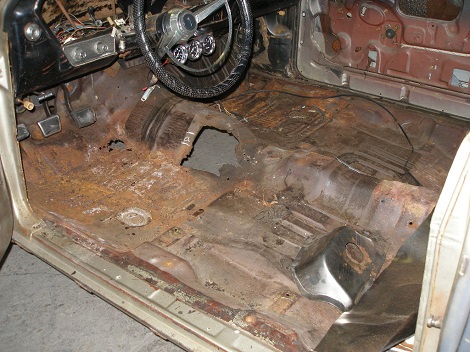Emmanuelnlopez
New Member
- Joined
- Dec 29, 2022
- Messages
- 11
Could I just set the voltage to 13.6 and never fully charge the batteries? Would this be better/worse for the batteries?
What is your use case for this battery? Is it for standby backup power or is it used continually/frequently or ??Could I just set the voltage to 13.6 and never fully charge the batteries? Would this be better/worse for the batteries?
Why would low current over charge not be a concern if your system cycles daily? You could still be trickle charging at 3.4v as the sun sets on a daily basis and each time this happens there’s surely a capacity loss as free lithium is depleted? I don’t follow the logic of why it’s not an issue if the battery is subsequently discharged, but very happy to be shown the light on this as low current overcharge is something I’ve only recently become aware of.13.6V (3.4V/cell) is a level at which low current overcharge can occur. For a system that cycles daily, that's not a concern. If you're going to apply a float for long duration, it should not exceed 13.5V.
Why would low current over charge not be a concern if your system cycles daily? You could still be trickle charging at 3.4v as the sun sets on a daily basis and each time this happens there’s surely a capacity loss as free lithium is depleted? I don’t follow the logic of why it’s not an issue if the battery is subsequently discharged, but very happy to be shown the light on this as low current overcharge is something I’ve only recently become aware of.
ps. Is there a good resource to read up all the ins and outs of LVO, as I’m interested in putting in place protections against it in my own system
Wow... so constant 3.45V per cell for hours a day with potentially zero charge current..? This must equate to a higher SOC than 3.65V at 0.05C charging, surely!Daily cycling implies loads during the charging period. When in float, chargers usually lag the load a bit, i.e, there is some initial loss of charge during loading that is not replenished.
It also helps to know what some builders do...
When in communication with chargers, batteries like Pylontech, SOK, EG4, etc., don't even have a float voltage. They have a "charged" voltage that is maintained if charge current is available. These voltages are > 3.45V/cell.
These are builders claiming many thousands of cycles, so either LVO isn't a concern for them, or the condition doesn't impact warranty.
Wow... so constant 3.45V per cell for hours a day with potentially zero charge current..? This must equate to a higher SOC than 3.65V at 0.05C charging, surely!
I’m interested in LCO because I realise my Electrodacus based system with only voltage based thresholds for “over voltage“ (stop charging) and “over voltage recovery” (reconnect charging) leaves me vulnerable to low current overcharge, since that over voltage threshold can get hit at any current from 100A in mid afternoon down to under an amp as the sun sets. I currently have it set to 3.52V and if I drop it much lower I’m concerned about memory cycles and capacity loss due to memory effect.
Yes it cuts the charge when the chosen ”over voltage” setpoint voltage is reached (3.52V currently), then it restarts charging when the lower recovery voltage point is reached as battery voltage declines in the absence of charging. So in practice on a normal sunny day when the battery is fully charged by early afternoon it will yo-yo between those two points. The kicker is this upper voltage can be hit the first time at full charging current which is my system is nearly 100A, then subsequently at declining current levels as the sun moves to more oblique angles, until you finally might hit the upper voltage limit for the last time at a really low charging current of 1-2A. Of course in these circumstances, each time this voltage limit is reached it’s occurring at a higher and higher SOC.Not necessarily. The loads cause an initial draw, and the charger lags the loads. For illustrative purposes, if 100% SoC was achieved at 3.65/0.05C, the slight drawdown and lagging charger would see the SoC settle at 99.99%.
Memory effect is negligible and it only entails a very slight shift in the already weak voltage to SoC relationship. It is not a meaningful concern.
Does the Electrodacus just cut charge at target voltage? What triggers charge to restart?
I would have thought so. I’ll have a look tomorrow and try ?3.45 is kinda a sweet spot for absorption, and that's where my head to go by default. 3.37 sounds like a good recovery number. Expect it to cut off much sooner and cycle more frequently. If you can still hit high SoC, I'd call it good.
Can balancing threshold be lowered to 3.40?
I would check to make sure that your vehicle can handle 10a x2. Mine has 2 ports, but both are on the same 15a circuit.My plan is to charge two of them in parallel at 10A x2 with two DCDC chargers on the car's two cigar ports.
Easier in some cars than others.It would be pretty easy to add an additional, hard wired to battery port that can handle 20a+.

I would think it would be easier to run wire in an older vehicle, plus, I would definitely not want to run much continuous current through that old system, without, at least, a good inspection of all connections and wiring.Easier in some cars than others.



